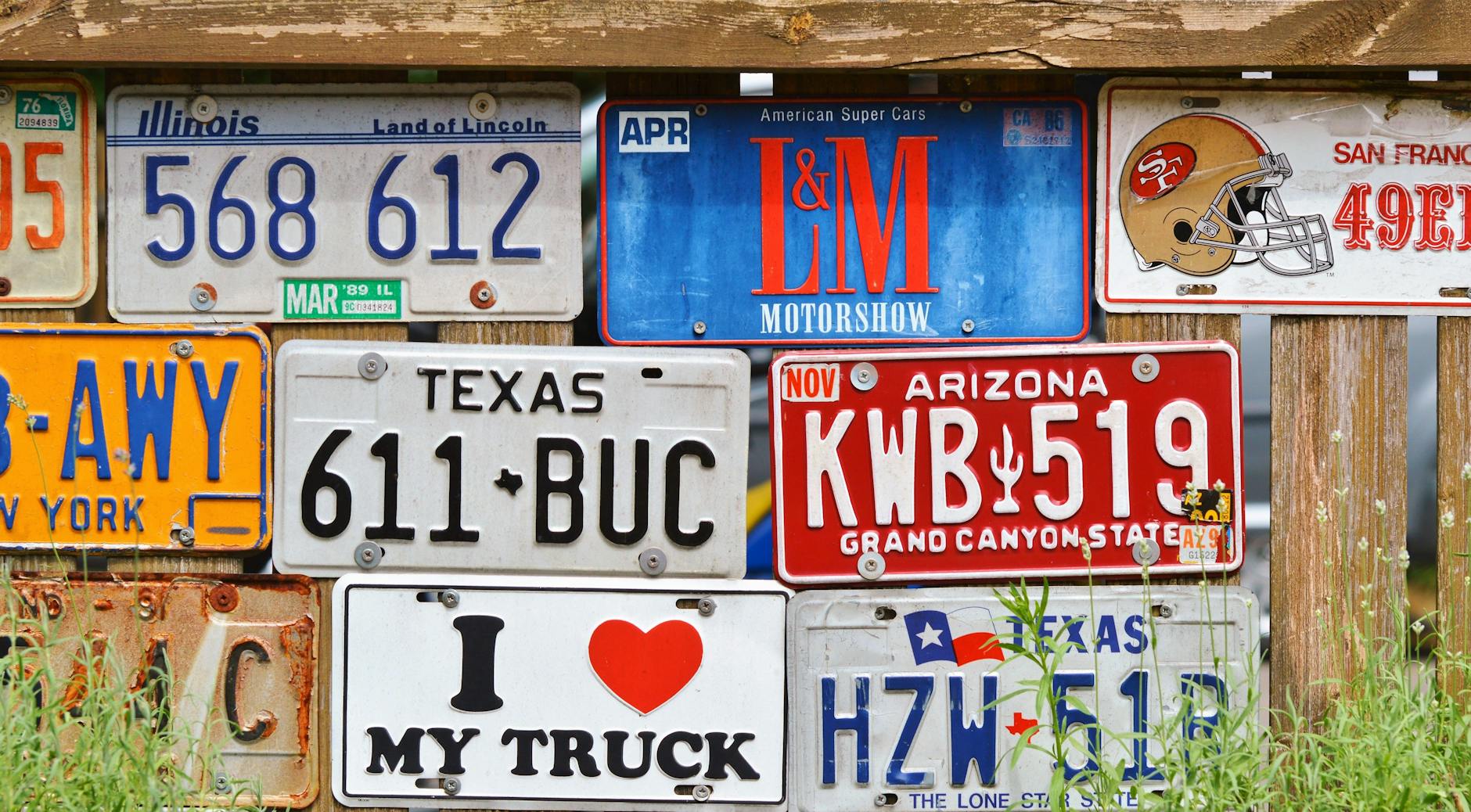Discover how Indian creatives can protect their unique designs and unlock their full potential through design registration in this guide.
Table of Contents
Intellectual property rights play a crucial role in protecting the creative work of individuals and businesses. In India, the process of design registration is one way to safeguard unique designs and prevent others from using them without permission. This comprehensive guide will walk you through the ins and outs of design registration in India, highlighting its importance, benefits, and the steps involved in the process.
When it comes to intellectual property, design registration offers protection for the visual appearance of a product or its ornamentation. This includes both two-dimensional and three-dimensional designs. By registering a design, creators can ensure that their unique creations are safeguarded from imitation or misuse by others.
Process of Design Registration in India
The process of registering a design in India involves submitting an application to the Design Wing of the Controller General of Patents, Designs, and Trademarks. The application should include representations of the design, a statement of novelty, and the name and address of the creator. The design must be new and original to qualify for registration.
Importance of Design Registration
Design registration provides legal protection to the creator, preventing others from copying or imitating their design without authorization. It gives the creator exclusive rights to use the design for a specified period, typically ten years. This protection ensures that the creator can benefit from their creative work and investment in developing the design.
Types of Designs Eligible for Registration
In India, designs can be registered for products ranging from consumer goods, textiles, and home appliances to industrial equipment and electronic devices. Both two-dimensional and three-dimensional designs are eligible for registration, provided they are novel and not similar to existing designs in the public domain.
Fees and Timeline for Design Registration in India
The fees for design registration in India vary depending on the number of designs being registered and the category to which they belong. The timeline for registration typically takes a few months, during which the application is examined by the Design Wing for compliance with the registration requirements.
| Chapter | Description |
|---|---|
| Introduction | An overview of design registration and its importance for Indian creatives |
| Understanding Design Registration | Explains the process and benefits of design registration in India |
| Types of Designs | Different categories of designs that can be registered in India |
| Design Registration Process | Step-by-step guide on how to register a design in India |
| Benefits of Design Registration | Advantages of having a registered design for Indian creatives |
| Case Studies | Real-life examples of Indian creatives benefiting from design registration |
Benefits of Design Registration
Design registration offers a range of benefits to creators, including legal protection, exclusive rights to use the design, and the ability to license or sell the design to others. It also enhances the value of the design and provides a competitive advantage in the market by preventing competitors from copying the design.
Conclusion
Get
Design registration is a valuable tool for Indian creatives looking to protect their unique designs and prevent unauthorized use by others. By understanding the process of design registration, its benefits, and the importance of safeguarding intellectual property rights, creators can unlock the power of their designs and ensure that their creative work is respected and valued.
How long does design registration last in India?
Design registration in India typically lasts for a period of ten years from the date of filing the application, renewable for an additional five years.
Can I register multiple designs in a single application?
Yes, you can register multiple designs in a single application, as long as they fall under the same class of goods.
What happens if my design is not considered new or original?
If your design is not considered new or original, it will not be eligible for registration. It is important to ensure that your design is distinct from existing designs to qualify for registration.
Can I apply for design registration for both two-dimensional and three-dimensional designs?
Yes, you can apply for design registration for both two-dimensional and three-dimensional designs in India, as long as they meet the criteria of novelty and originality. Each type of design will be examined separately for registration.

